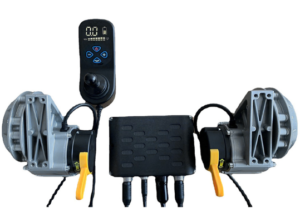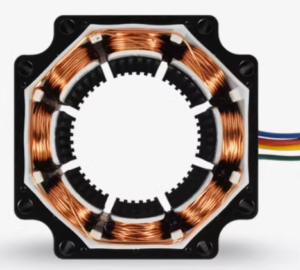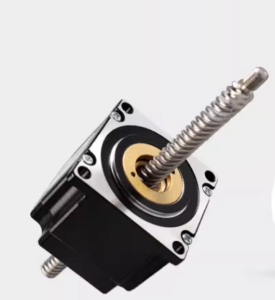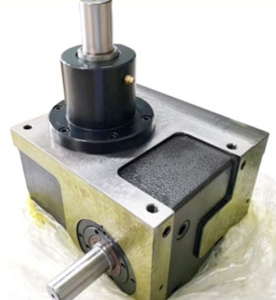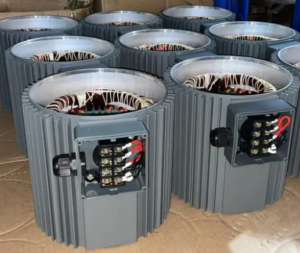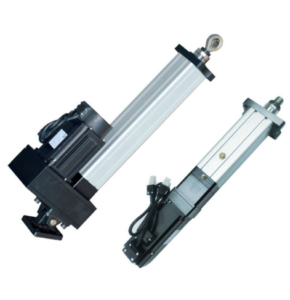Summary of possible faults and solutions of mask machine during debugging and operation. Specializing in the production of optical vision (non-contact) automatic inspection equipment!
Summary of possible faults and solutions of mask machine during debugging and operation
What should I do if there is a problem with the mask machine equipment during the debugging process? Let’s solve this problem today.
Below we list the faults that will occur during the debugging process or use of mask machine equipment, and analyze the reasons and give solutions, hoping to help you.
Fault 1, uneven welding, workpiece distortion.
Solution: 1. Check whether the workpiece size is different.
2. Check whether the operating conditions cause deformation of the working object
3. Adjust the buffer speed or pressure.
Fault 2: The base support is unstable.
Solution: 1. Improve the support point where necessary.
2. Base redesign.
3. Replace with a hard base
4. If a large area of bakelite board is tilted, it needs to be reinforced.
Fault 3: The contact surface of the welding head, base and workpiece is not even.
Solution: 1. Redesign the guard point to make the height uniform.
2. Adjust the horizontal screw.
3. Check whether the conditions are true.
4. Check the shape and size of the workpiece size.
5. The side is bent, and the workpiece is ribbed
6. Modify the metallurgical tools to avoid the workpiece bending outward.
Fault 4, the workpiece error is too large.
Solution: 1. Tighten the tolerance of the workpiece.
2. Re-modify the workpiece size.
3. Check the operating conditions (pressure, delay time, welding timing, curing timing, etc.).
Fault five, uneven welding, improper alignment of the workpiece.
Solution: 1. Check whether the workpiece is offset during welding.
2. Check whether the workpiece is aligned when checking the combination
3. Check the parallelism of welding heads, workpieces and metallurgical tools.
Fault six, lack of close contact on the joint surface.
Solution: 1. Check the size of the workpiece.
2. Check the tolerance of the workpiece.
3. Check the position of the ejector pin of the joint surface.
4. Check the alignment of the workpiece assembly.
5. Check whether the workpiece is dented.
6. Check the fit between the workpiece and the welding head
7. Check whether the support of the metallurgical tool is appropriate.
Fault 7: The ultrasonic welding results are inconsistent
(1) The proportion of fills is too high
Solution: 1. Reduce the fill.
2. Check the operating conditions.
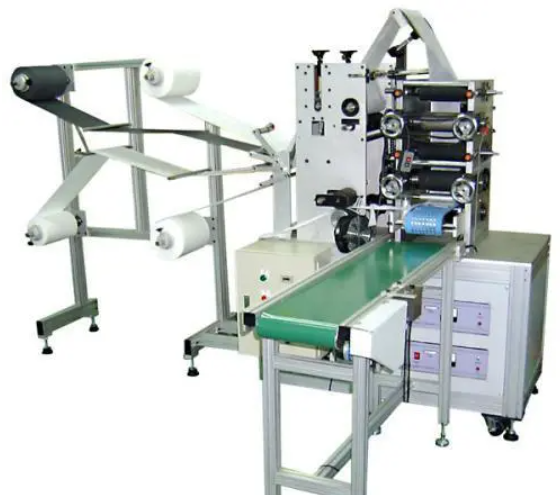
Summary of possible faults and solutions of mask machine during debugging and operation
3. Change the species category, that is, change the short-term cone into a long line cone.
(2) Uneven distribution of fills
Solution: 1. Check the operating conditions
2. Check the mold design
(3) The quality of materials is poor
Check the operating conditions
(4) The fit of the workpiece is not good
Solution: 1. Check the size of the workpiece
2. Check the workpiece tolerance
3. Check the operating conditions
Fault eight, turn on the main switch of the power supply, the fuse will be blown
1. Ultrasonic power board short circuit;
2. Rectifier bridge short circuit;
3. The power current impact is large, and the fuse capacity is too small;
Fault nine, excessive ultrasonic welding
Cause analysis and solution: 1. The outer size of the working object after overmelting is different;
2. There is too much damage to the appearance of the working object.
3. Adjust the lowest point fine-tuning screw;
4. Replace the lower amplitude sonotrode.
5. The welding time is too long and wants to be shortened.
Fault ten, press the welding button sonotrode and then fall, but does not rise after welding.
Cause analysis and solution: 1. Insufficient air pressure;
2. Poor solenoid valve;
3. Adjust the air pressure;
4. Maintenance program board;
5. The time adjustment switch is damaged;
Fault 11, the overload light is on during operation.
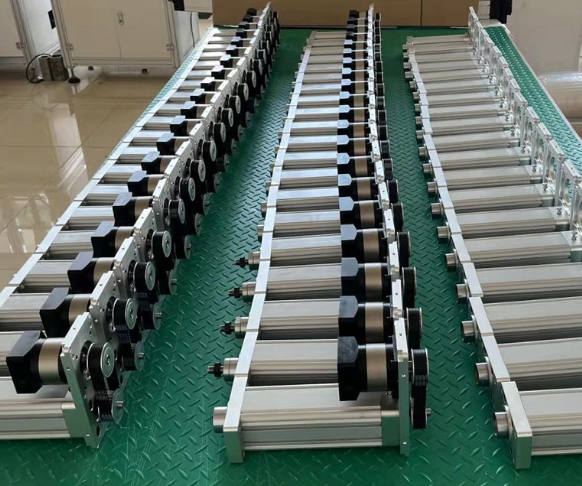
servo motor – Precision servo-electric cylinder
Cause analysis: 1. The sonotrode is loose;
2. Improper frequency adjustment;
3. The sonotrode is ruptured;
4. Excessive pressure;
5. The power of the machine is too small.
Fault 12, the power indicator light is not on, the vibration box fan is weak, can not vibrate or the welding strength is weakened.
Cause analysis: 1. Low power supply voltage;
2. The input transformer is damaged;
3. The power socket is in poor contact.
Fault 13, press the welding button, the welding head immediately drops and rises without vibration when touching the processed object.
Cause analysis: 1. The descent stroke has not reached the welding position;
2. Poor contact of the stroke switch;
3. Poor pressure trigger system.
Fault 14, the impact of the sonotrode rising or falling is too great.
Cause analysis: 1. The buffer adjustment is not suitable;
2. Buffer adjustment locked;
3. The descent speed is set too high;
4. Poor cylinder cushioning.
Fault 15, air pressure, power supply, and sonotrode are normal but cannot be started.
Cause analysis: 1. Poor contact of the emergency rising button;
2. Poor program control circuit;
3. The start button is damaged;
4. The solenoid valve is damaged.
Fault 16: Too little energy is input to work.
Cause analysis and solution: 1. Increase the pressure of use;
2. Extend the welding time;
3. Increase the amplitude;
4. Use models with higher power;
5. The ultrasonic welding head has poor resonance.
Fault 17. Too much energy input to work.
Cause analysis and solution: 1. Reduce the pressure of use;
2. Reduce welding time;
3. Reduce the number of amplitude segments;
4. Slow down the decline rate of the sonotrode;
5. Insufficient welding.
Fault 18: Use of materials with poor ffusion.
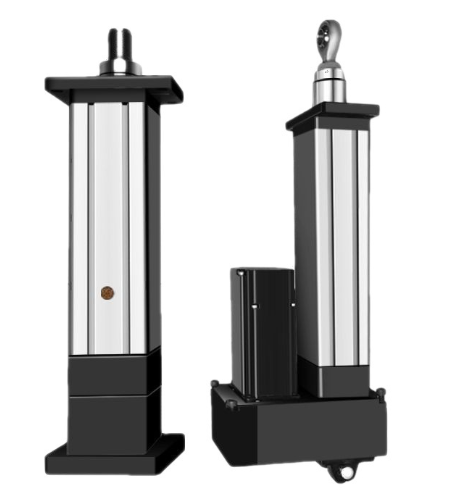
Precision servo-electric cylinder – Application of stepper motor in mask machine
(1) Use secondary materials
1. Check the materials with the factory.
2. Check the operating conditions.
(2) Surface damage: the temperature of the sonotrode rises
1. Check whether the sonotrode screw is loose.
2. Check whether the sonotrode tool is loose.
3. Shorten the welding time.
4. Make the welding head heat dissipation and cooling.
5. Check the interface between the sonotrode and the transmission sub.
6. Check whether the sonotrode is broken.
7. If the welding head is titanium, replace it with aluminum.
8. If the sonotrode is copper, reduce the magnification.
(3) Local bruising of the workpiece
1. Check the size of the workpiece.
2. Check the fit between the workpiece and the welding head.
(4) The workpiece is improperly fitted to the metallurgical tool.
1. Check whether the support is appropriate.
2. Redesign metallurgical tools.
3. Check the changes of mold and mold door workpieces.
(5) Surface damage: alumina (from the sonotrode).
1. The welding head is treated with hard chrome.
2. Use heatproof plastic film mold (bag).
(6) Surface damage: improper fitting of the sonotrode and the workpiece.
1. Check the size of the workpiece.
2. Redo the new sonotrode.
3. Check the changes between the mold and the workpiece between the mold.
Fault 19. The current is large and overloaded (above 7A) during welding.
Cause analysis: 1. High air pressure;
2. The output gear is too large and the inrush current is large;
3. The buffer is too small;
4. High trigger pressure and long delay.
Fault 20, no ultrasonic output, ultrasonic welding is not possible.
Cause analysis: 1. The ultrasonic crystal plate is bad;
2. The ultrasonic vibrating plate is bad;
3. Welding overload protection;
4. The output loop fuse is broken.
5. The gear switch is 0 or the contact is not good;
6. The output line is not well connected or short-circuited.
Fault 21. The size of the joint surface is uneven.
Solution: 1. Redesign the joint surface.
2. Check the operating conditions.
(1) The workpiece is too tight
1. Relax the fit of the workpiece.
2. Relax the tolerance of the workpiece.
(2) The workpiece cannot be aligned after welding, and there is no alignment when the workpiece is combined.
Solution: 1. Add a solid pile between the two workpieces.
2. If possible, design the metallurgical tool to guide the correction.
(3) Improper support of the base
Solution: 1. Redesign the appropriate support tool to raise the base in the necessary place.
2. If the bakelite board is tilted, add a hard bracket.
(4) Bending of the side walls
Solution: 1. Increase the ribs on the side wall of the workpiece.
2. If the bakelite board is tilted, add a hard bracket.
(5) The tolerance of the workpiece is too large
Solution: 1. Tighten the workpiece tolerance.
2. Check the operating conditions.
(6) During welding, the internal parts are damaged and the welding time is too long.
Solution: 1. Increase the amplitude or pressure to reduce the damage of welding time.
2. Adjust the buffer speed and delay time.
Fault 22. The welding time is too long.
Solution: 1. Increase the pressure or amplitude to reduce the welding time.
2. Adjust the buffer pressure.
(1) The fit of the contact surface of the welding head, workpiece and base is poor.
Solution: 1. Check the parallelism of the sonotrode workpiece and the base.
2. Check the fit between the welding head and the workpiece.
3. Check the fit between the workpiece and the base.
4. In the necessary place, pad the base.
(2) The influence of workpiece deformation is too great.
Solution: 1. Reduce the amount of influence of deformation.
(3) The welding time is too long
Solution: 1. Reduce the welding time.
(4) The workpiece absorbs too much energy
Solution: Reduce the amplitude.
1. Lock the welding head;
2. Press the sound wave check button and adjust the sound wave adjustment screw to minimize the current indication;
3. Replace the mold;
4. Replace related parts;
5. Overhaul the power tube;
6. Overhaul the power amplifier circuit.



